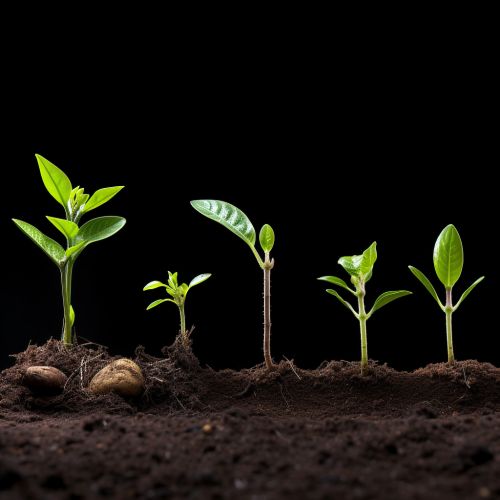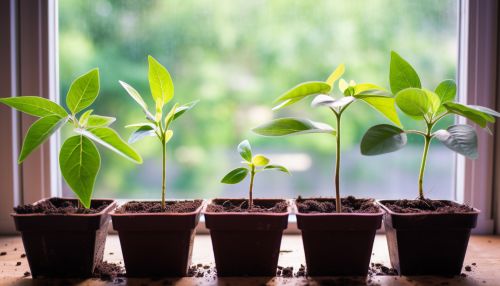Biological Mechanisms of Plant Response to Ozone Depletion
Introduction
The ozone layer is a crucial component of Earth's atmosphere, acting as a protective shield against harmful ultraviolet (UV) radiation. However, human activities have led to the depletion of this layer, resulting in increased UV radiation reaching the Earth's surface. This has significant implications for all life forms, including plants. This article delves into the biological mechanisms of plant response to ozone depletion, discussing the effects of increased UV radiation on plant physiology, growth, and development, as well as the adaptive strategies employed by plants to cope with these changes.


Effects of UV Radiation on Plant Physiology
Increased UV radiation due to ozone depletion can have profound effects on plant physiology. One of the primary impacts is on photosynthesis, the process by which plants convert light energy into chemical energy. UV radiation can damage the photosynthetic apparatus, particularly the chloroplasts, where photosynthesis occurs. This can lead to a reduction in photosynthetic efficiency and, consequently, a decrease in plant productivity.


UV radiation can also affect plant cellular respiration, the process by which plants convert the energy stored in glucose into usable ATP. This can disrupt energy production in the plant cells, affecting growth and development.
Effects of UV Radiation on Plant Growth and Development
UV radiation can have significant effects on plant growth and development. It can cause physical damage to plant tissues, leading to reduced growth rates and smaller plant size. This is particularly evident in the early stages of plant development, where young, tender tissues are more susceptible to UV damage.


UV radiation can also affect plant reproduction. It can cause damage to the DNA in plant cells, leading to mutations that can affect reproductive success. This can result in reduced seed production and lower plant fertility.
Plant Adaptive Strategies
Despite the challenges posed by increased UV radiation, plants have developed a range of adaptive strategies to cope with these changes. These include the production of UV-absorbing compounds, changes in leaf morphology, and alterations in the timing of key developmental processes.


Plants produce a variety of UV-absorbing compounds, such as flavonoids and phenolic compounds, which can absorb UV radiation and prevent it from reaching sensitive tissues. These compounds are often concentrated in the outer layers of leaves, providing a protective shield against UV radiation.
Changes in leaf morphology, such as increased leaf thickness and reduced leaf area, can also help protect plants from UV radiation. These changes can reduce the amount of UV radiation that penetrates the leaf, minimizing damage to the photosynthetic apparatus.
Alterations in the timing of key developmental processes, such as flowering and seed production, can also help plants cope with increased UV radiation. By timing these processes to occur when UV radiation levels are lower, plants can minimize the potential for UV damage.
Conclusion
While ozone depletion and the resulting increase in UV radiation pose significant challenges for plants, they have developed a range of adaptive strategies to cope with these changes. Understanding these mechanisms is crucial for predicting how plant communities will respond to ongoing changes in UV radiation levels, and for developing strategies to mitigate the impacts of ozone depletion on plant productivity and biodiversity.


